Fishing is a great way to supplement your food supply in an emergency. Luckily, Fish can be found in almost any dam, river or stream which can be very helpful to a refugee when fleeing danger. This being said, do not rely on fishing to be your primary food source as catching fish is not guaranteed.
What You Need In Your Bug Out Bag For Fishing
When you are in a survival situation, you will probably not have all the fancy, expensive fishing gear, nor do you need it. You will be pressed to keep the weight and space to a minimum so you will just pack the basics. These are:-
- Fishing line – Fishing line is light and fairly cheap so take more than you might need. You will probably use it for other projects on your way to safety.
- Hooks – I would suggest that you take 3 sizes of hook. You don’t want to arrive at a fishing spot and have hooks that are too large or too small. small fish can also supplement your food supply, you might just need to catch more.
That is about it. You can carry a sinker or a float if you wish but a stone and a dry stick will do the job.
How To Setup Your Fishing Equipment
If you intend to use a hand line, you could set it up and pack it in your BoB so that it is ready before you need it. below are examples of how you could set up your handline.
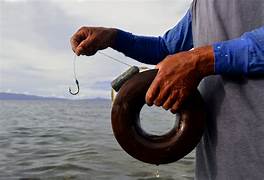
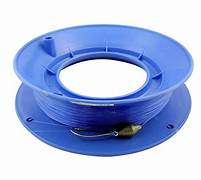
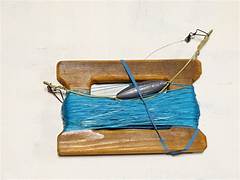
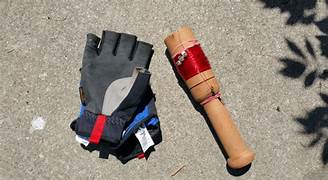
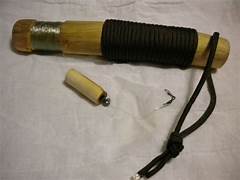
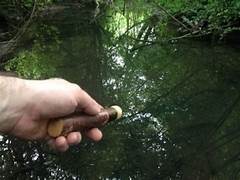
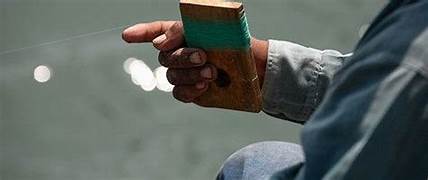
Using a secure knot to tie your line to your hook or stick is of vital importance. You don’t want your knot to come undone when it is under strain with the fish on the end of your line. Below are a few knots you can use which, if tied correctly, will not come undone.
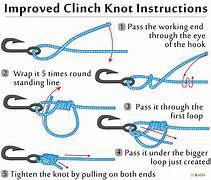

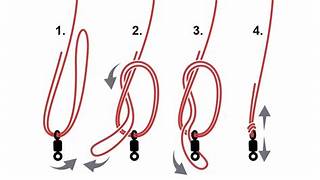
You can use the same knot to tie your line to a stick or stone. I would suggest that you place the equipment in a tin, Tupperware or plastic bag.
How to Fish
Once you have found a place to fish, it’s time to learn how to fish. Here are the basic steps:

- Attach the bait to your hook. You can use bread, a small piece of meat or a worm, which you can dig out of the ground close to the water.
- Cast your line into the water. Where you cast your line plays a role in your success. I have found that where you cast is dependent upon the type of fish you are trying to catch.
- Wait for a fish to bite. You will feel when a fish is testing your bait. wait for a good tug and then strike your line to set your hook.
- Set the hook when a fish bites. give a good strong tug on your line to set the hook.
- Reel in the fish.
It may take some practice to get the hang of it, but don’t give up! Fishing can be fun, the fish is a rewarding meal, and with a little practice, you’ll be catching fish in no time.
Here are some additional tips for beginners:
- Be patient. Fishing can be a slow process, so don’t get discouraged if you don’t catch a fish right away.
- Be observant. Pay attention to the water, the fish, and the other anglers. This will help you learn what to do and what to avoid.
- Be respectful of the environment. Leave no trace of your fishing trip, and release the fish you catch unless you are going to eat them.
I hope this beginner’s guide has helped you get started on your fishing journey. With a little practice, you’ll be catching fish in no time!
Got Questions?

Drop us a note with your questions here.


“It is better to have prepared and never to need it than to be unprepared and be in desperate need of it”.
Be Aware. Be Safe. Be Prepared!
